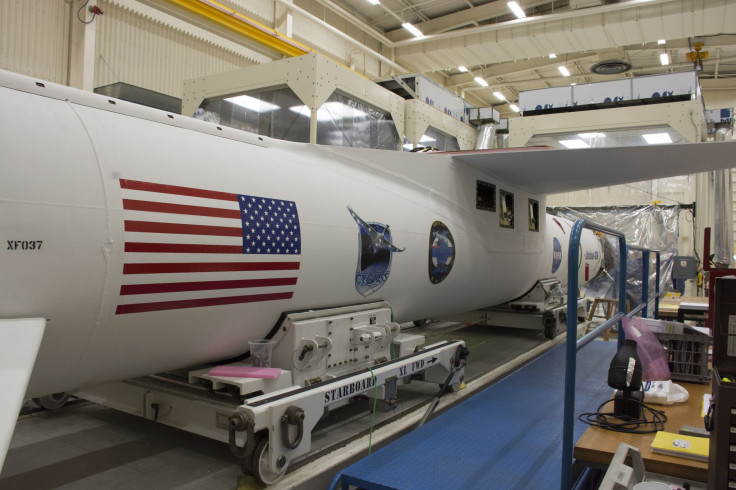NASA CYGNSS Launch Live Stream: Microsatellite Cluster To Study Hurricanes Readies For Liftoff

NASA will launch a constellation of eight little satellites to low-Earth orbit on board an Orbital ATK Pegasus XL rocket from the Cape Canaveral Air Force Station in Florida at 8:24 a.m. EST on Monday. The launch of the satellites, which comprise the Cyclone Global Navigation Satellite System (CYGNSS), is part of NASA's increasing focus on small satellites and would help improve hurricane intensity forecasts.
"The CYGNSS mission's eight identical microsatellites will team up with the Global Positioning System (GPS) constellation to measure wind speeds over Earth's oceans and air-sea interactions, information expected to help scientists better understand tropical cyclones, ultimately leading to improved hurricane intensity forecasts," NASA explained in a statement released Saturday.
The primary instrument on board CYGNSS — a mission whose price tag is estimated at just $162 million — is the Delay Doppler Mapping Instrument, which will use a GPS receiver and antennas to provide high-resolution imagery of the birth, evolution and hard-to-predict intensification of tropical cyclones.
"In orbit, each CYGNSS observatory will receive both direct and reflected signals from the GPS satellites. The direct signals will help pinpoint CYGNSS observatory positions, while the reflected signals respond to ocean surface roughness, from which wind speed is retrieved," NASA said.
While a single satellite can only measure any location once every two or three days, the eight CYGNSS satellites will be able to gather data from anywhere in the tropical oceans on average once every seven hours.
"The eight CYGNSS satellites will make frequent and accurate measurements of ocean surface winds throughout the life cycle of tropical storms and hurricanes," NASA said Saturday in a mission science briefing. "The data will help scientists probe key air-sea interaction processes that take place near the core of storms, which are rapidly changing."
The launch will be live-streamed on NASA TV from 7:00 a.m. EST Monday and can be viewed here.
© Copyright IBTimes 2024. All rights reserved.






















